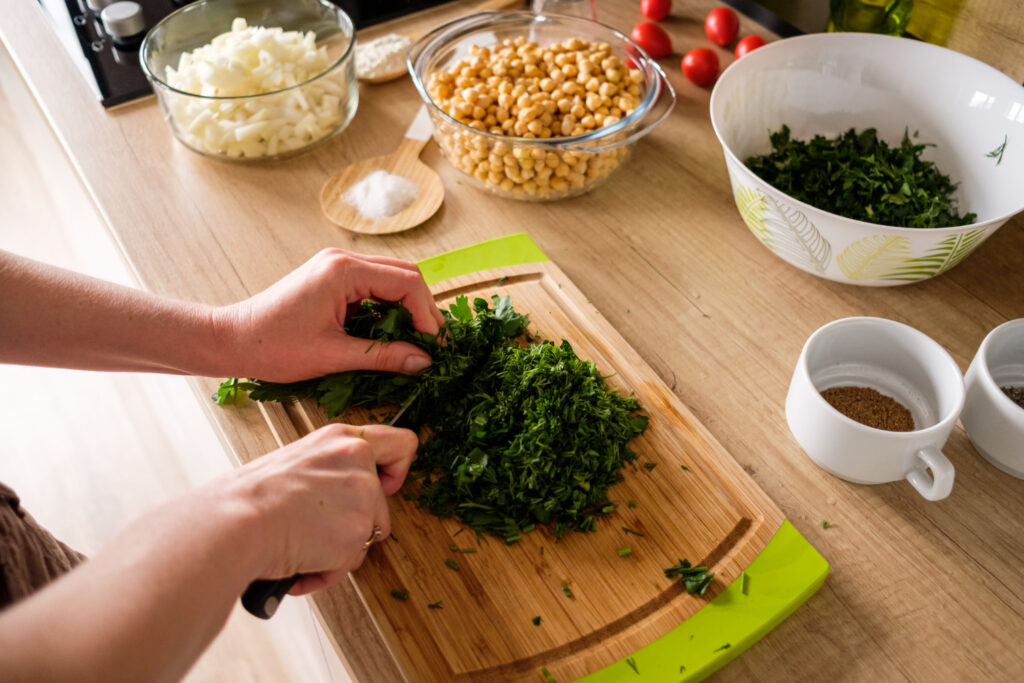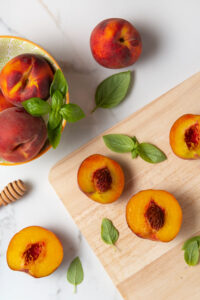Brussel sprouts, often overlooked and underestimated, are nature’s tiny treasures waiting to be discovered. How to make brussel sprouts isn’t just about cooking; it’s about unlocking a world of flavor and nutrition. These petite, cruciferous wonders hold immense potential, transforming from humble garden greens to mouthwatering delights on our plates. As we embark on this culinary adventure, prepare to be amazed by the versatility and richness that brussel sprouts offer. From the garden to the table, let’s unravel the secrets of crafting irresistible brussel sprouts dishes, one delectable recipe at a time. Get ready to elevate your cooking game and tantalize your taste buds with the magic of brussel sprouts.
How to make brussel sprouts truly begins with understanding their journey from seed to harvest. Cultivating brussel sprouts requires attention to detail and a bit of green-thumb finesse. These robust vegetables thrive in cool climates with ample sunlight, making them perfect for temperate regions. When it comes to soil, brussel sprouts prefer well-drained, fertile soil with a pH level between 6.0 and 7.5.
Planting techniques are crucial for success. Start seeds indoors in early spring or sow directly into the garden once the soil is workable. Proper spacing ensures adequate airflow and prevents overcrowding. As the plants grow, keep them well-watered and free from weeds. Regular fertilization promotes healthy growth and development.
The satisfaction of growing your own brussel sprouts is unparalleled. From nurturing tiny seedlings to witnessing the lush green foliage, each stage of growth brings a sense of accomplishment. And when harvest time arrives, there’s nothing quite like plucking fresh brussel sprouts straight from the garden. These homegrown gems boast superior flavor and nutritional value, elevating your culinary creations to new heights. Embrace the joy of gardening and reap the rewards of making brussel sprouts from seed to table.
When embarking on your culinary journey of how to make brussel sprouts, selecting the freshest produce is paramount. Whether you’re browsing the aisles of a grocery store or perusing a local farmers’ market, knowing how to discern quality brussel sprouts ensures a delicious end result.
Look for brussel sprouts with a firm texture and vibrant green color. Avoid any that appear wilted or discolored, as these may indicate age or poor quality. Opt for sprouts that feel heavy for their size, indicating freshness and moisture content.
Additionally, size matters. Choose brussel sprouts that are uniformly compact and tightly closed, as this indicates optimal flavor and tenderness. Larger sprouts tend to be more bitter, while smaller ones offer a sweeter, milder taste.
Whenever possible, prioritize locally sourced or organic options. Not only do these choices support local farmers and sustainable agriculture practices, but they also tend to boast superior flavor and nutritional value. By selecting the freshest brussel sprouts available, you set the stage for culinary success and ensure a memorable dining experience.
Mastering how to make brussel sprouts begins with proper preparation. Start by trimming the stem end of each sprout and removing any outer leaves that appear wilted or discolored. Rinse the sprouts under cold water to remove any dirt or debris, then pat them dry with a clean kitchen towel.
Now, let’s explore various cooking techniques to unlock the full potential of brussel sprouts. Roasting is perhaps the most popular method, yielding crispy exteriors and tender interiors. Simply toss the sprouts with olive oil, salt, and pepper, then roast in a preheated oven until golden brown and caramelized.
Sautéing is another versatile option, allowing you to infuse the sprouts with your favorite herbs and spices. Start by heating oil or butter in a skillet over medium heat, then add the sprouts and cook until they are tender and slightly browned.
For a lighter approach, consider steaming brussel sprouts until they are just tender, then toss them with a squeeze of lemon juice and a sprinkle of Parmesan cheese.
Finally, grilling adds a smoky depth of flavor to brussel sprouts, perfect for outdoor gatherings or barbecue nights. Simply skewer the sprouts and grill them over medium-high heat until charred and tender.
Experiment with different seasonings and flavor pairings to elevate the taste of brussel sprouts. Try adding balsamic vinegar for a tangy twist, or maple syrup for a hint of sweetness. With these tips and techniques, you’ll be well-equipped to create mouthwatering brussel sprouts dishes that will impress even the most discerning palates.
Get ready to tantalize your taste buds with a collection of irresistible brussel sprouts recipes that showcase the vegetable’s versatility and flavor potential. From classic favorites to innovative creations, there’s something for everyone to enjoy on this culinary journey of how to make brussel sprouts.
1. Roasted Brussel Sprouts with Garlic and Lemon:
– Preheat your oven to 400°F (200°C).
– Trim and halve the brussel sprouts, then toss them with olive oil, minced garlic, salt, and pepper.
– Spread the sprouts in a single layer on a baking sheet and roast for 25-30 minutes, or until golden brown and crispy.
– Squeeze fresh lemon juice over the roasted sprouts before serving.
2. Brussel Sprouts Gratin:
– Preheat your oven to 375°F (190°C).
– Steam the brussel sprouts until tender, then transfer them to a baking dish.
– Prepare a creamy sauce by melting butter in a saucepan, then whisking in flour and milk until smooth.
– Stir in grated cheese (such as Gruyère or Parmesan) and season with salt, pepper, and nutmeg.
– Pour the sauce over the brussel sprouts, sprinkle breadcrumbs on top, and bake for 20-25 minutes, or until bubbly and golden.
3. Brussel Sprouts Salad with Bacon and Maple Glaze:
– Cook bacon until crispy, then crumble it into bite-sized pieces.
– In a large bowl, combine thinly sliced raw brussel sprouts with chopped toasted pecans and dried cranberries.
– Drizzle with a mixture of maple syrup, Dijon mustard, and apple cider vinegar, tossing to coat evenly.
– Add the crispy bacon pieces and toss again before serving.
Feel free to customize these recipes to suit your taste preferences. For added flavor, experiment with different herbs, spices, and toppings. Whether you’re a seasoned chef or a beginner in the kitchen, these mouthwatering brussel sprouts recipes are sure to impress and delight.

In closing, mastering how to make brussel sprouts opens a world of culinary possibilities. From the garden to your table, brussel sprouts offer a journey of flavor and nutrition. By selecting the freshest produce, preparing with care, and exploring various cooking techniques, you unlock their full potential. Embrace the joy of crafting mouthwatering dishes that delight the senses. Let brussel sprouts be your canvas, as you experiment with new recipes and techniques. Whether you’re a novice or a seasoned cook, the allure of brussel sprouts as a culinary delight is undeniable. So, roll up your sleeves, grab your apron, and let’s get cooking!



